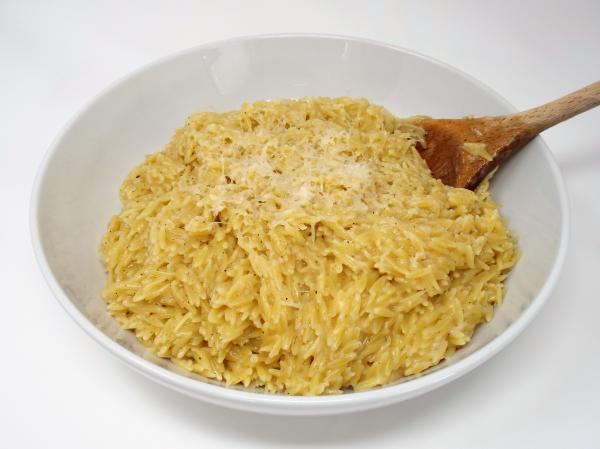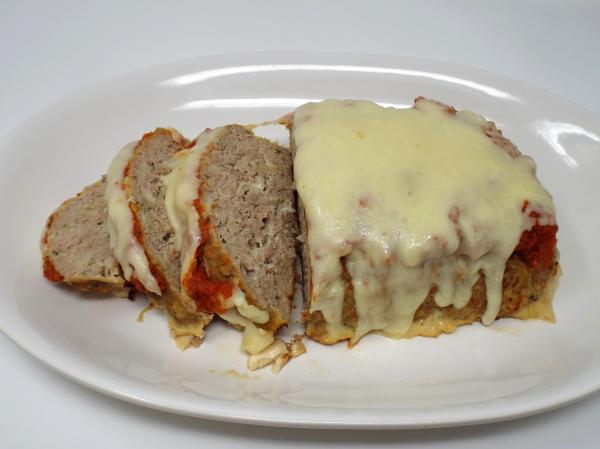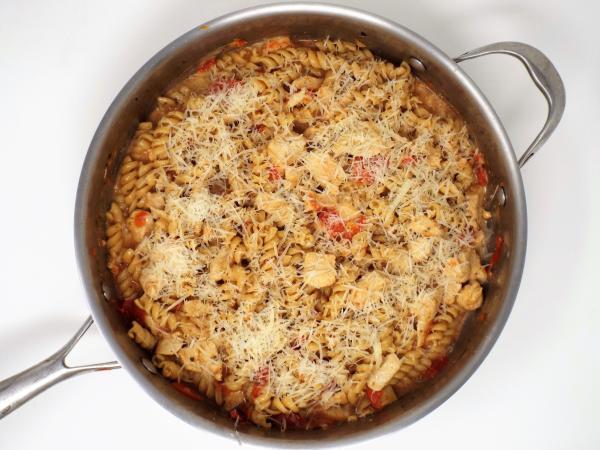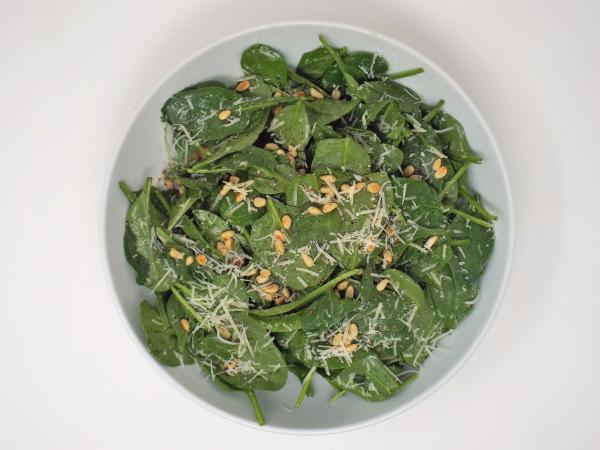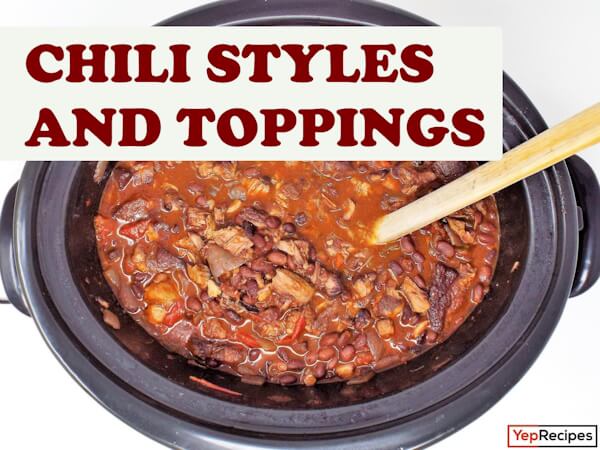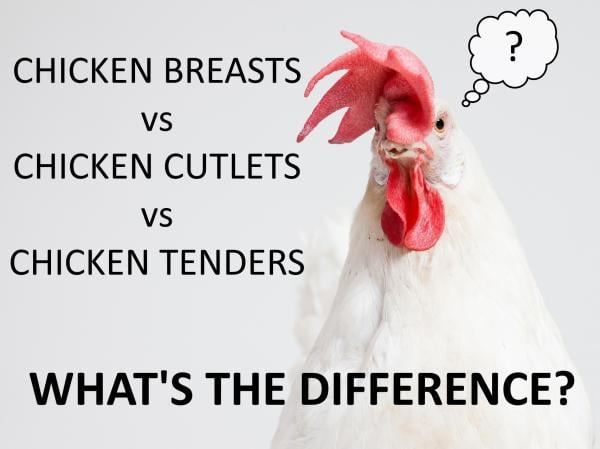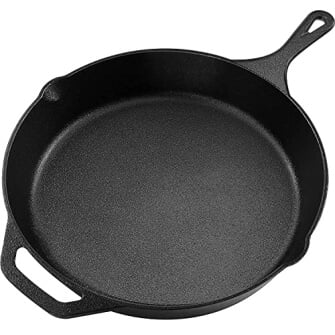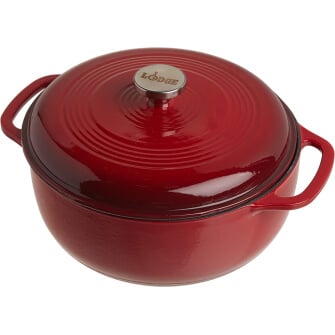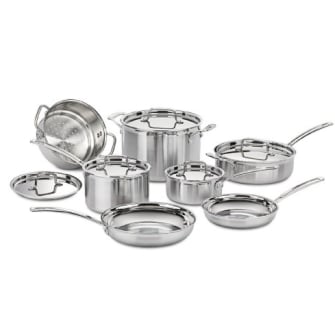True Parmesan Cheese vs That Supermarket Stuff: What's the Difference?
True Parmigiano-Reggiano must comply with strict regulations, U.S. Parmesan is not bound by the same guidelines. However, many American producers strive to create a cheese that resembles the traditional Italian version in taste and texture.

Geographic Origin:
First off let’s take a look at “Parmesan” cheese in the U.S. The milk used to make U.S. Parmesan is often pasteurized cow's milk, whereas Parmigiano-Reggiano uses raw milk. American producers also use different cultures and starter bacteria to ferment the milk, resulting in subtle variations in flavor. That cheese you buy from your local grocery store that says “Parmesan” isn’t true “Parmesan” by Italian standards and often contains preservatives and other additives like cellulose. So when buying “Parmesan”, look for the words “Parmigiano-Reggiano” on the label for a true “Parmesan” cheese.True Parmesan cheese can only be produced in specific regions of Italy, namely Parma, Reggio Emilia, Modena, Bologna to the west of the Reno River, and Mantua to the east of the Po River. This geographical indication ensures that the cheese adheres to traditional production methods and quality standards.
Key Ingredients:
Parmesan cheese is made using a precise combination of three primary ingredients: raw cow's milk, rennet (a natural enzyme), and salt. The use of raw milk adds unique flavors and aromas to the cheese while preserving its essential natural properties.Traditional Production Method:
The production process for Parmesan cheese is a labor-intensive art that remains largely unchanged for centuries. It begins with milking cows raised in specific regions and feeding them a carefully regulated diet. The milk is then heated and mixed with rennet to aid coagulation. The resulting curd is broken down into small granules and cooked at controlled temperatures. After cooking, the curds are molded into large wheels and immersed in brine for several weeks.Aging Process:
One distinguishing characteristic of Parmesan cheese is its extended aging period. According to regulations, it must be aged for a minimum of 12 months, although many producers age it for much longer periods. During aging, cheese wheels are regularly flipped and monitored for quality. This extended maturation gives Parmesan its distinctively nutty and complex flavor profile.Inspection and Certification:
To ensure its authenticity, Parmesan cheese undergoes rigorous inspection by designated authorities. Each wheel is carefully examined, tapped, and probed to check for any defects or inconsistencies. If the cheese meets the stringent standards set forth by the Consorzio del Formaggio Parmigiano-Reggiano, it receives a seal of certification, guaranteeing its authenticity.Parmesan cheese is not just any cheese; it is a product steeped in tradition, craftsmanship, and attention to detail.
So is Parmesan Cheese Vegetarian?
Animal Rennet and Vegetarianism:Animal rennet is commonly used in cheese production to coagulate milk and separate it into curds and whey. While some vegetarians may consume dairy products, they choose to abstain from consuming any food that involves the slaughter of animals. Consequently, Parmigiano-Reggiano's use of animal rennet disqualifies it from being considered a suitable choice for strict vegetarians.
Parmesan Cheeses Made in the U.S.:
In the United States, alternative methods are employed to produce Parmesan-style cheeses that can cater to vegetarian preferences. Many American producers offer vegetarian-friendly options by utilizing microbial or vegetable-based rennet as a substitute for animal rennet.
Microbial Rennet: Microbial rennet is derived from genetically modified microorganisms or fermented fungi. It offers a similar coagulating effect as animal rennet but allows for a fully vegetarian end product. This type of rennet is widely used in the U.S. cheese industry and provides a solution for those seeking vegetarian-friendly Parmesan cheese.
Vegetable Rennet: Another alternative to animal rennet is vegetable-based rennet, which is extracted from plants such as thistle, fig leaves, or certain types of fungi. These vegetable sources contain enzymes that mimic the coagulating properties of animal rennet. Parmesan cheeses made with vegetable-based rennet are also suitable for vegetarians.
Checking Labels and Certifications:
To ensure that the Parmesan cheese you purchase aligns with your vegetarian values, it is important to carefully check the labels and certifications of the product. Look for indications such as "vegetarian-friendly," "suitable for vegetarians," or specific vegetarian certification logos. These labels provide assurance that the cheese was made using non-animal rennet. Additionally, some brands may explicitly mention the type of rennet used on their packaging or websites.


